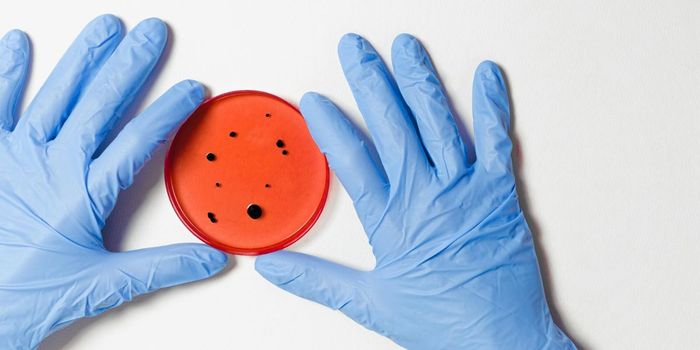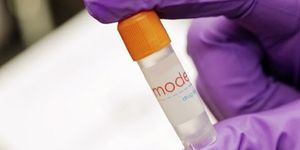Perhaps one of the best outcomes for pharmacologists is the discovery that common, pre-existing drugs could treat new conditions. Along this line, scientists have made the first step in showing that common
NSAIDs may be repurposed to treat Alzheimer’s disease.

Physical pain is nearly inevitable during the course of daily living, and NSAIDs are among the most common pain relievers in the world. Formally known as non-steroidal anti-inflammatory drugs, NSAIDs are taken by over 30 million Americans for a variety of conditions, from headaches, to sprains, to ease menstrual cramps.
As the name implies, NSAIDs work by blocking the body’s inflammation pathway. And this is the crucial link to Alzheimer’s. "There is experimental evidence now to strongly suggest that inflammation in the brain makes Alzheimer's disease worse,” explained David Brough, professor at the University of Manchester, and senior author of the study, published in Nature Communications.
To test the effect of NSAIDs on memory loss and neurodegeneration associated with Alzheimer’s, Brough and his team relied on a transgenic mouse model of the disease. They treated a group of mice with several clinically approved NSAIDs, such as Flufenamic acid and mefenamic acid – delivered via implanted drug pumps for 1 month.
The team then assessed these mice’s ability to perform in memory-related tasks relative to before treatment, and also relative to a control group that received placebo treatments. They found NSAID-treated mice showed drastic improvements in memory, similar to levels observed in control mice.
"Our research shows for the first time that mefenamic acid, a simple Non-Steroidal Anti Inflammatory Drug can target an important inflammatory pathway called the NLRP3 inflammasome , which damages brain cells,” said Brough. "Until now, no drug has been available to target this pathway, so we are very excited by this result.”
Brough is careful to temper his excitement by reminding us that though these are highly promising results, it’s only the first step. "Much more work needs to be done until we can say with certainty that it will tackle the disease in humans as mouse models don't always faithfully replicate the human disease,” he said.
But, it’s worth noting why researchers get more excited when a pre-existing drug shows promise for a new disease. Simply put, things tend to move much faster when this happens. "Because this drug is already available and the toxicity and pharmacokinetics of the drug is known, the time for it to reach patients should, in theory, be shorter than if we were developing completely new drugs,” Brough explained. This could shave off years of moving a drug through the pipeline to get to the market. Brough estimates the shortcut could be by as much as 15 years, which is fantastic news for everyone.
But until then, the team have to conduct their due diligence in showing NSAIDs are effective in Alzheimer’s disease. "We are now preparing applications to perform early phase II trials to determine a proof-of-concept that the molecules have an effect on neuroinflammation in humans," said Brough.
Additional source: University of Manchester via
EurekAlert!









